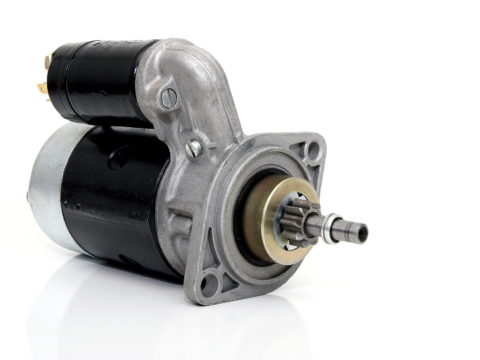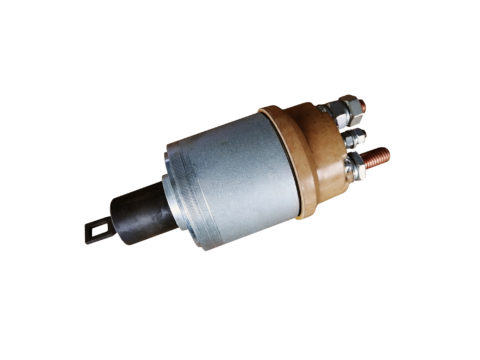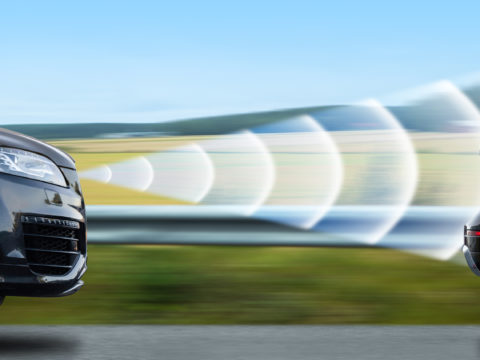A traction control system helps a car’s tires keep up as much traction as possible when traveling on any surface. It often sees the most use whenever a vehicle drives across slippery surfaces, so it is especially helpful when driving on slippery roads from rain or ice.
When the traction control system detects that the wheels of the vehicle are operating on a surface with little traction, it will automatically activate and apply the brakes or turn the car engine’s power off for whatever wheels are losing traction. Having a system like this increases automated safety in driving and helps cut down on accidents.
If you want to locate your traction control system, try checking under the hood of your car. If it is not there, you can check your car’s interior or trunk as well.
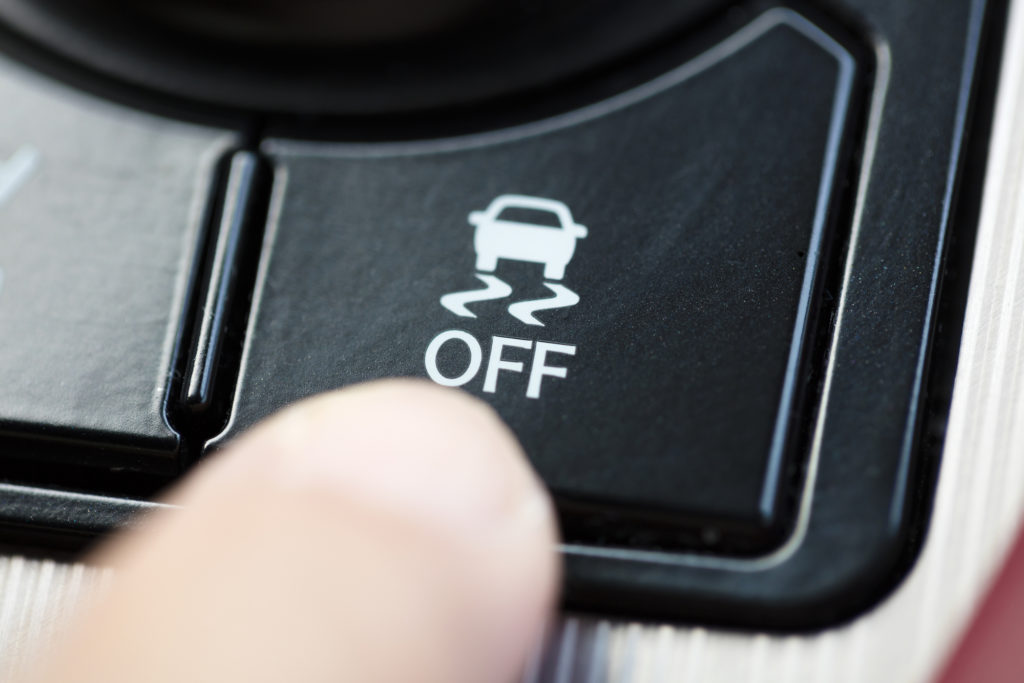
Contents
What the TCS Light Means
There are a few different warning signs that you might see when the traction control system activates. In most cars, the symbols will either be a car with squiggly lines, the letters “TC” with a diagonal dash running through it, or an emergency symbol with an arrow encircling it. These signs will be visible somewhere on your dashboard, usually around the ABS symbol.
When you see the traction control system light come on, it can mean a few different things depending on the circumstances under which it occurs.
If the system light comes on and remains on when you’re driving in rainy weather when roads are slippery, that means it is working properly. If the same happens when you’re driving in good weather on good roads, then something is likely wrong with the system.
A blinking traction control system light might mean that the system is going bad in several ways. In that case, it is always best to have a professional inspect your vehicle to figure out precisely what is causing the issue.
In some instances, you may see the traction control system light come on when you apply pressure to the gas pedal and accelerate. Usually, this occurs because your wheels increasing speed changes the amount of traction they have on the road.
While it could potentially be a problem, if you don’t see the warning light come on when you’re driving in inclement weather at a slow speed, but then it does come on when you speed up, that probably means your wheels are losing lots of traction at the higher speed.
Additionally, when the traction control system “off” light comes on, this is simply a way for you to know that the system is currently inactive.
One important thing to note is that the traction control system is not a universal feature across all vehicles. Most vehicles do have some system in place that performs the same functions as a traction control system, but different car brands call it different things.
TCS (Traction Control System) is the system’s name in Honda vehicles. However, in other car brands, it has names such as ETC system (Range Rover), TRC traction control (Toyota), ASR traction control (Volkswagen, Audi, Mercedes), and several others.
What Causes TCS Light to Come On?
It’s important to be aware of the various conditions that can cause the TCS light to turn on. Here are just a few of them:
- Driving at high speeds in inclement weather.
- Driving on slippery surfaces.
- Turning on slippery surfaces.
- A hardcoded or aging system.
- Faulty traction control system computer.
- Inaccurate or malfunctioning wheel sensors.
- A deactivated traction control system.
Is It Safe to Drive With the TCS Light On?
Driving with the traction control system light on is doable, but it can have many safety risks. If you plan on doing this, you need to make sure that the light only comes on due to your vehicle’s tires losing traction. If the light comes on for some other reason, avoid driving your car until you can fix it.
Because your traction control system should only engage when your tires lose too much traction, driving with it on means that your tires are constantly lacking traction or something is malfunctioning in the actual system. Of course, you don’t want either of these possibilities to be the case, as neither one is good for you or your vehicle.
So, when you see any of the warning signs that indicate something is wrong with the traction control system, it is best to have the system inspected by a professional mechanic.
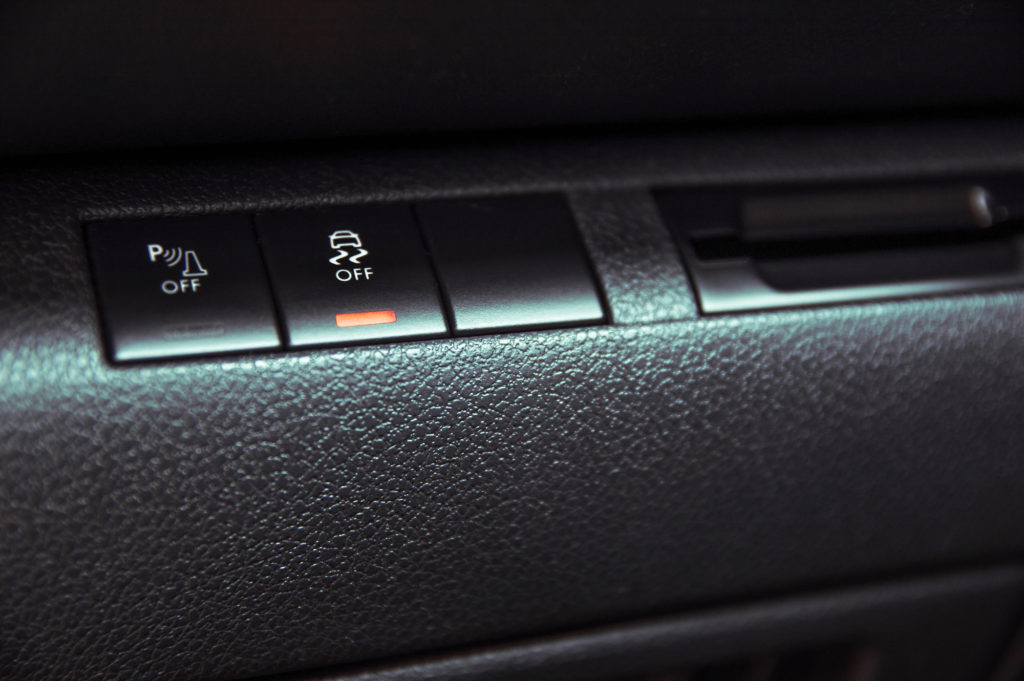
How to Fix TCS Light Problems
If the traction control system light comes on while you’re driving and you want to turn it off or reset it, find a safe place to park and try turning your car on and off. Sometimes doing this will fix the system if it is malfunctioning, though even if it does not work, you will at least know that something is indeed wrong with the system.
Now, due to the nature of how traction control systems work, there are not many other easy fixes you can do yourself, and the fixes that do exist will require you to know your way around a car.
Suppose you suspect that the issues with your traction control system somehow relate to your ABS (anti-lock brake system) control module malfunctioning. In that case, you can replace the ABS control module.
Along with that, the wheel speed sensor may also cause problems if it is sending your traction control system false alerts for low traction on wheels and causing the system light to appear. You can try replacing this as well, but there is no guarantee that replacing it will also fix the traction control system.
Ideally, you should take your car to a certified mechanic before replacing the ABS control module or wheel speed sensor. Doing so will cost you some money for an inspection and any necessary repairs. However, it will save you from spending money and time installing replacements parts that may or may not fix anything in the end.
Also, note that there is a lot of variance in the cost of fixing a traction control system, and this depends entirely on what’s causing the system to have problems. That said, you should expect to pay something between $80 and $190.
FAQs
Here are a few quick answers to some questions you might still have.
Is It Bad If Your TCS Light Comes On?
Yes and no. When the traction control system light comes on, it usually means one of two things. Either the system is working as intended and preventing your tires from losing too much traction, or it is malfunctioning.
Ideally, you want to avoid your traction control system light turning on, but that is practically impossible if you drive in inclement weather.
Why Is the Traction Control Warning Light On?
If your traction control warning light comes on and remains on, that is an indicator that your vehicle is no longer receiving help from the system to maintain a good level of traction. When this happens, you should have a professional look at the system as soon as possible to determine the issue.
Why Won’t My TCS Light Turn Off?
When your traction control light refuses to turn off, any of the causes covered above could be the source of the problem. Also, it is important to remember that the light should always come on if you are driving on a surface with little traction, so consider where you are driving before assuming that something is wrong with the system.
Should TCS Be On Or Off? What Does TCS OFF Mean?
The traction control system should turn on when your wheels are losing traction, and it should stay off at all other times. If the “TCS OFF” light is on, that means that the traction control system is no longer working at all, and nothing will support your wheels if they start to lose traction.
Is Traction Control Related to Transmission?
If both parts are installed and working correctly, the traction control and transmission should not relate to each other. In some instances, if there is a problem with the wheel speed sensors, they may not allow the transmission to shift as it usually would, though that issue does not directly relate to the traction control system itself.
Can a Bad Wheel Bearing Cause the Traction Control Light to Come On?
Yes, if your vehicle has a bad wheel bearing, there is a possibility for the traction control warning light to come on. If this happens, there is also a chance for your traction control system to deactivate entirely, so be sure to tend to any bad wheel bearings as soon as you discover them.
Can the TCS Light Reduce Engine Power?
Yes, the traction control system can reduce engine power. For example, suppose you are driving on a slippery road, and one of your wheels starts to lose traction. In that case, your traction control system will activate and either apply the brakes or turn off the engine’s power to that particular wheel. The system does this to keep your car from spinning out by going too fast.
Why Does My Engine and TCS Light Come On?
When both your engine and traction control system light come on, the issue most definitely has to do with some internal malfunction. The malfunction could relate to the wheel speed sensors, the vehicle speed sensors, the transmission, or the engine itself.
Because there are so many potential sources that can cause this specific situation to arise, your best bet is to take your vehicle to a certified mechanic. Anything relating to engine trouble is nothing to mess around with, so you don’t want to take chances by trying to troubleshoot the issue yourself.

